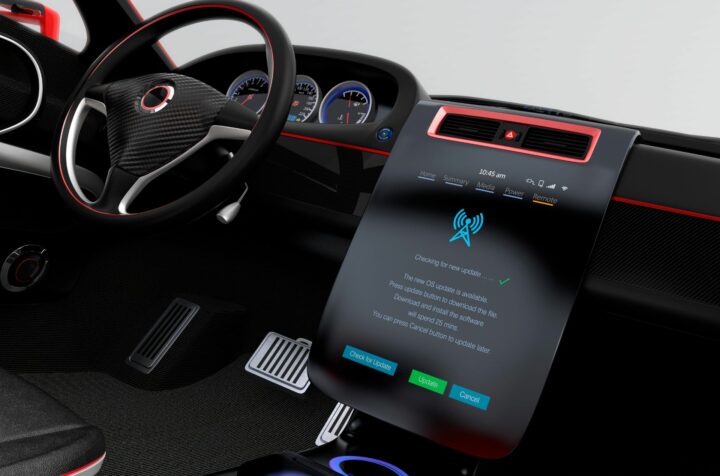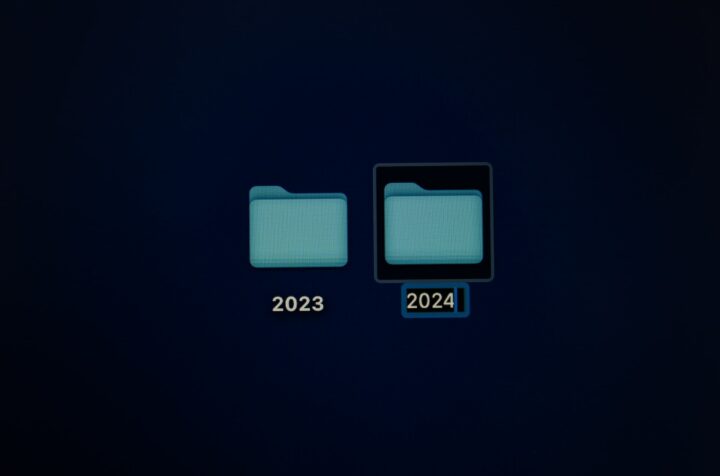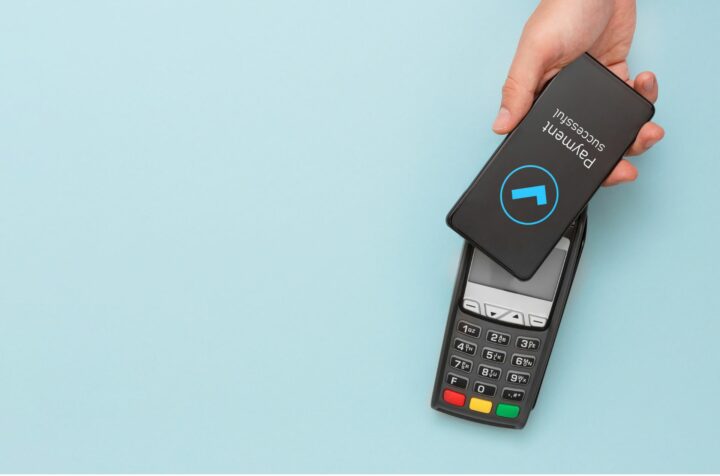The impact of technology on our daily lives is undeniable, and the fashion and luxury industries are no exception to its transformative power.
Today’s technology acts as a catalyst for innovative experiences, sustainable practices, and empowered consumer choices. And in a world where change is the only constant, the fusion of technology within fashion and luxury is quickly resulting in fundamental changes.
This, of course, also brings with it a host of challenges. But by embracing technology responsibly, these industries can thrive and meet the evolving demands of tech-savvy consumers, unlocking new areas of creativity, development, and sustainable growth.
The State of Play
Since the world’s first luxury fashion store opened in Paris in the 1850s, the fashion and luxury industries have captivated consumers through craftsmanship, emotional appeal, and innovative marketing.
Now, technology is adding to that allure.
Paris’s iconic fashion houses are embracing e-commerce platforms, virtual showrooms, and AV/AR experiences. The traditional essence of Italian luxury and craftsmanship is being enhanced by innovative fashion-tech startups and digital transformation initiatives.
Germany’s avant-garde designers are embracing sustainable fashion movements featuring wearable tech, sustainable production methods, and digital marketing strategies. And the highly diverse and influential fashion scene in the United States is rapidly making technology the new normal, from the use of social media platforms to influencer marketing and AI-powered fashion recommendation systems.
Of course, it’s not just about clothes. High-end, and highly automated, cars are providing seamless transportation experiences with autonomous vehicles and AI-powered concierge services. Fine dining restaurants are also integrating technology, from digital (and augmented reality) menus to smart reservation systems.
Luxury hotels are using smart room controls, mobile check-ins, and are even helping to create personalized travel itineraries. That’s the flexibility of today’s tech.
Driving innovation
This means the potential for the fashion and luxury industries is limitless. Put simply, people are willing to pay for experiences, elegance, and exclusivity. That such things can now come with integrated technologies that make things more convenient, functional, and highly personalized, only adds to the appeal.
Smart watches. Smart jewelry. Smart mirrors. Smart cars. AI-powered customer service. Robot waiters. Luxury online platforms. Virtual events. Connected experiences. Digital payments. The list goes on and on.
Benefits beyond products and experiences
It’s also worth noting that technology is changing the industry behind the scenes. Here are just two examples:
- Luxury brands are using AI-powered inventory management systems to optimize inventory levels, ensuring that products are available when and where customers need them.
- As consumers become more aware of ethical and sustainability issues (and global regulations around sustainability efforts tighten), technology is being used to facilitate transparency in supply chains, allowing consumers and regulators to trace the origin and manufacturing process of luxury products.
Technology is clearly ushering in a new era in fashion and luxury. Let’s take a quick look at the issues they face, what can come from such innovations, and some of the latest trends.
Changes, challenges, and opportunities
The fashion and luxury industries face a myriad of challenges that require careful consideration and strategic adaptation. Global disruptions, such as inflation, recessions, and conflicts, have profound impact on consumer confidence, which can vary across market segments.
Understanding regional dynamics
In addition, regional realities play a critical role in shaping the dynamics of the fashion and luxury markets. Cultural differences, infrastructure constraints, and complex supply chains all contribute to the complexity of operating in different regions.
Moreover, socio-political factors and varying levels of market saturation also influence market dynamics, making it essential for companies to have a deep understanding of the local context and consumer preferences. The ability to capture these regional nuances is where crowdtesting can be particularly beneficial, allowing companies to leverage the collective insights of diverse testers to gain a comprehensive understanding of the market.
Shifting consumer preferences
Another key challenge is the evolving preferences and values of consumers. A significant shift is occurring as consumers prioritize ethics and sustainability in their purchasing decisions. Conscious consumerism is also on the rise, with shoppers considering the ethical and social impact of the products they buy.
Then there’s the need to deal with counterfeit products, to handle rapid production cycles, manage inventory through fluctuating demand and seasonality, overcome supply chain complexity, and the ongoing pressure to consistently manage brand identity and image.
Delivering immersive experiences
Consumers (and this is both a challenge and a trend) are also looking for immersive and experiential shopping, where they can engage with brands on a deeper level and create meaningful connections through their shopping experiences.
This trend, along with several others, presents new and unfamiliar challenges, including:
- The rise of online shopping and the shift to direct-to-consumer models
- Virtual and augmented reality to enhance the shopping experience with virtual try-ons and immersive product presentations (e.g., for metaverse consumers).
- Tailoring the customer experience with AI-driven recommendations and personalized styling services.
- Leveraging blockchain and the Internet of Things (IoT) to improve transparency, traceability, and sustainability.
- Enabling consumers to ‘build it themselves’ through 3D printing.
- If you ‘can’ build it, they will come – just don’t skip the testing!
To thrive in this dynamic landscape, organizations must overcome numerous challenges (in bold below) by leveraging effective testing processes. Here’s how testing can help:
- Ensuring data security and privacy: Protecting customer data and preventing unauthorized access is critical. Rigorous testing, including payment, regression, and bug testing, can identify weaknesses in digital systems and address potential vulnerabilities before they become security risks.
- Validating user experience and personalization: Testing plays a crucial role in validating and refining user experiences. By conducting user testing and gathering feedback, you can fine-tune your digital solutions for seamless and personalized interactions.
- Addressing technical reliability: When flawlessly executed experiences are a must, even minor glitches can significantly impact customer satisfaction. Thorough quality assurance testing with crowdtesters can simulate real-world scenarios, ensuring that the system can handle high volumes of traffic and transactions without compromising its performance.
By harnessing the power of crowdtesting, you can better navigate the challenges ahead, create robust digital ecosystems, mitigate risk, be more sustainable, and deliver exceptional experiences that resonate with today’s tech-savvy consumers.
And that means you’ll be better positioned to let your business take flight, unlocking new realms of innovation, and letting you brand shine as a beacon of excellence in this ever-evolving industry.








